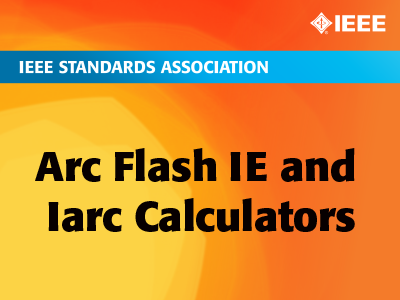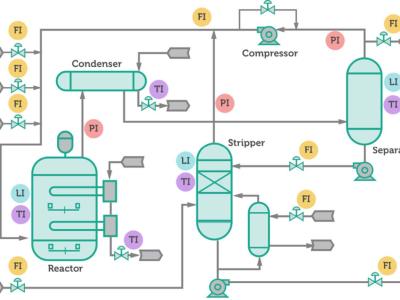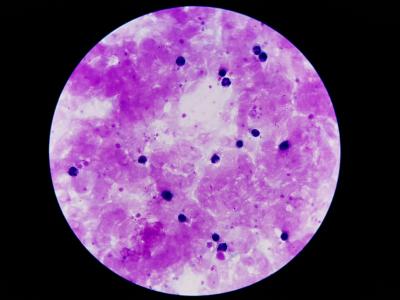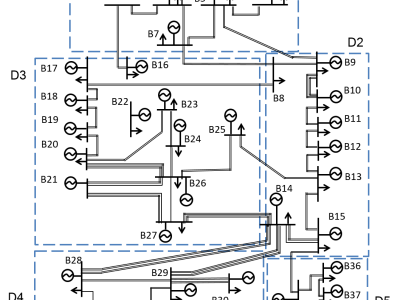Adaptive Formation Tracking Control of Multi-CRA via Back-Stepping and RBFNN Approach
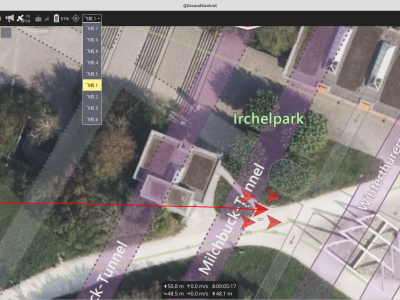
- Citation Author(s):
-
Yiran Wei
- Submitted by:
- Yiran Wei
- Last updated:
- DOI:
- 10.21227/cdjy-f137
 28 views
28 views
- Categories:
- Keywords:
Abstract
The visual simulation environment of CRA is constructed in ROS and Gazebo environment. The visual aircraft model in the simulation environment is established as controlled objects according to the kinematic characteristics of the CRA. The software code of UAV flight control is completed based on PX4 firmware, QGroundControl (QGC for short), and Gazebo, which are used to conduct SITL simulation of the customized model REF _Ref183081178 \r \h . QGroundControl ground station is used to display the flight status and trajectories of CRAs.
To accomplish the formation tracking mission, the initial position is set as a 3×3, specifically as: CRA_0(-3m, -3m, 0), CRA_1(-3m, 0m, 0), CRA_2:(-3m, 3m, 0), CRA_3(0, -3m, 0), CRA_4(0, 0, 0), CRA_5(0, 3m, 0), CRA_6(3m, -3m, 0), CRA_7(3m, 0m, 0), CRA_8(3m, 3m, 0). The mission is to form a cube formation after takeoff, with a side length of 4m, then obtain a steady forward flight until it reaches the endpoint. Set the end point of CRA_0:(-3m, -100m, 30m), the follower adjusts the trajectory and attitude according to the leader’s position
Instructions:
The visual simulation environment of CRA is constructed in ROS and Gazebo environment. The visual aircraft model in the simulation environment is established as controlled objects according to the kinematic characteristics of the CRA. The software code of UAV flight control is completed based on PX4 firmware, QGroundControl (QGC for short), and Gazebo, which are used to conduct SITL simulation of the customized model REF _Ref183081178 \r \h . QGroundControl ground station is used to display the flight status and trajectories of CRAs.


